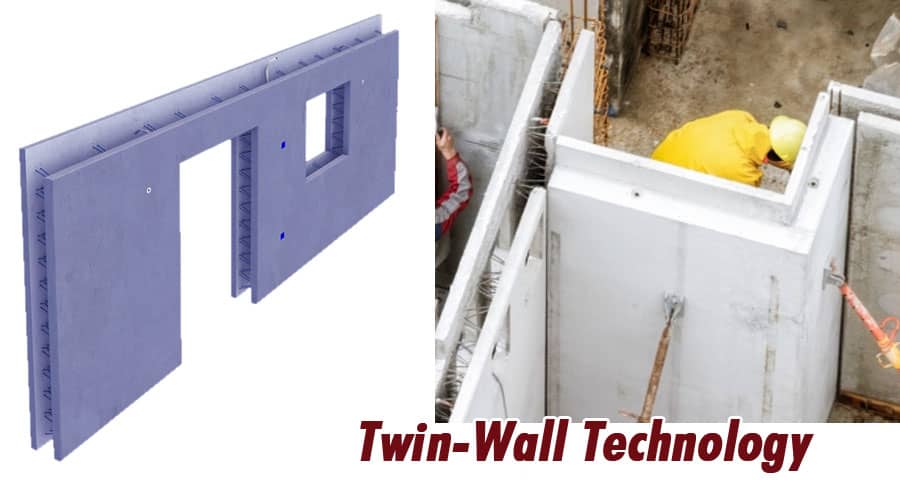Exploring Twin-Wall Technology: Revolutionizing Insulation Solutions

Unveiling the Innovation
Developed to address the ever-growing demand for energy-efficient structures, this cutting-edge technology has garnered significant attention within the construction industry.
Understanding Twin-Wall Technology
What is Twin-Wall Technology?
Twin-Wall Technology encompasses a sophisticated construction technique involving the assembly of two parallel walls with a hollow space between them. This innovative design serves as a formidable barrier against external elements while providing unparalleled insulation properties.
How Does it Work?
The effectiveness of Twin-Wall Technology lies in its ability to mitigate heat transfer through its insulating air gap. By incorporating materials with high thermal resistance, such as expanded polystyrene (EPS) or polyurethane foam, between the walls, it effectively regulates indoor temperature, reducing reliance on heating and cooling systems.
Advantages of Twin-Wall Technology
- Enhanced Insulation Efficiency: One of the primary advantages of Twin-Wall Technology is its exceptional insulation capabilities. The insulating air gap within the twin walls acts as a barrier, minimizing heat exchange between the interior and exterior environments. This results in reduced energy consumption and lower utility costs for building owners.
- Structural Integrity: Beyond its insulation properties, Twin-Wall Technology reinforces the structural integrity of buildings. The dual-wall configuration enhances load-bearing capacity, providing superior strength and durability compared to traditional construction methods. This makes it an ideal choice for both residential and commercial projects seeking long-term stability.
- Environmental Sustainability: In an era of heightened environmental consciousness, Twin-Wall Technology emerges as a sustainable alternative to conventional building materials. By optimizing energy efficiency and minimizing carbon footprint, it aligns with green building standards and contributes to eco-friendly construction practices.
Applications of Twin-Wall Technology
- Residential Construction: In the residential sector, Twin-Wall Technology offers homeowners an opportunity to enhance comfort and reduce energy expenses. From single-family homes to multi-unit developments, its insulation benefits translate into cozy living spaces and significant long-term savings.
- Commercial Buildings: Across the commercial landscape, Twin-Wall Technology finds extensive applications in office complexes, retail centers, and industrial facilities. By providing a stable indoor climate and lowering operating costs, it presents businesses with a competitive edge while promoting sustainability.
- Agricultural Structures: The agricultural sector also reaps the rewards of Twin-Wall Technology through the construction of barns, warehouses, and storage facilities. Its insulating properties safeguard livestock, crops, and equipment from fluctuating temperatures, ensuring optimal conditions for agricultural operations.
Conclusion: Embracing the Future of Insulation
In conclusion, Twin-Wall Technology epitomizes innovation in the field of insulation, offering a multifaceted solution to the challenges of energy efficiency and structural integrity. With its myriad benefits and diverse applications, it heralds a new era of sustainable construction practices, poised to shape the built environment for generations to come.
